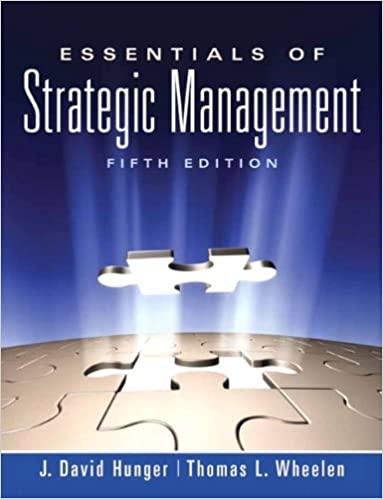Question
Zambia is a second African country advancing a programmatic approach, to deal with the countrys over-reliance on hydroelectric power. Like Uganda, this is a relatively
Zambia is a second African country advancing a programmatic approach, to deal with the countrys over-reliance on hydroelectric power. Like Uganda, this is a relatively low income, landlocked economy building a renewable energy industry with little existing experience - especially, in Zambias case, outside of hydro. Since independence in 1964, Zambia relied on large hydropower plants in the south of the country to send electricity along a north-south transmission corridor to Lusaka, the capital, and on to large copper mines further north. For decades, electrification remained limited primarily to end-users near the grid, leaving most of the eastern and western parts of the country without electricity. But beginning in the 1990s Zambian authorities became aware that new power plants were needed. More recently, the risks of hydropower-based energy have become increasingly apparent. Zambia is dependent on hydropower for almost all of its supply needs. Last year, Zambias two largest hydropower plants drastically reduced output due primarily to regional drought. At the same time, major sources of new demand came online, led by First Quantums giant Sentinel copper mine in North-Western Province which at its peak capacity gobbles up 160 MW of power or about 7% of total installed capacity in Zambia. Making matters worse, construction of two new power plants - which were meant to meet this added demand - fell behind schedule. Thankfully, steady rains through the early months of 2016 helped avert a catastrophic escalation of the electricity crisis, replenishing perilously low water levels that threatened to worsen the rolling blackouts that became a daily affliction beginning in summer 2015. Zambias power deficit will take years to correct, especially at the 1,080MW Kariba North Bank power plant where power stations on both the Zambian and Zimbabwean side of the Zambezi River consumed far more than their allotted water supply over the course of 2015 and into early 2016. In February 2016, the reservoir at Kariba Dam fell to only 1.5 meters above the level that would necessitate a full shutdown of the plant. Although seasonal rains have slightly replenished the reservoir, it remained only 17% full as of late March, compared to 49% last year. Refilling the lake will require a series of healthy rainy seasons coupled with the moderation of output from the power plantneither of which are a certainty. In the meantime, Zambia must rely on much more expensive imported power to avoid even worse blackouts. The power crisis comes at a particularly bad time for a copper-dependent economy reeling from tumbling prices. Amid these electricity and economic challenges, the Zambian government is searching for long-term solutions. The need for investment in power infrastructure has galvanized interest from international donors and private sector players to not only reduce the deficit but also improve electrification rates in the countryonly 25% of the population has access to electricity, a figure that drops to a paltry 5% for rural Zambians, according to the Ministry of Energy. On top of domestic needs, the most ambitious minded investors see Zambia, with its links to the Southern and East Africa power pools, as a potential exporter to the region. The long-delayed 300 MW Maamba Collieries coal project should come online in summer 2016 and another coal project is in the works, and several hydropower projects in the wetter north of Zambia are in development
a). Identification and elaboration of the Risk Factors (Sources) and risks associated with Public-Private Partnership Concessions in Energy- Hydro Power at Project Development Stage (Feasibility, Planning and Procurement Stage).
b). Develop a Risk Management Model which the Zambian Government can adopt before the finalization of Public-Private Partnership Concessions
Step by Step Solution
There are 3 Steps involved in it
Step: 1

Get Instant Access to Expert-Tailored Solutions
See step-by-step solutions with expert insights and AI powered tools for academic success
Step: 2

Step: 3

Ace Your Homework with AI
Get the answers you need in no time with our AI-driven, step-by-step assistance
Get Started


